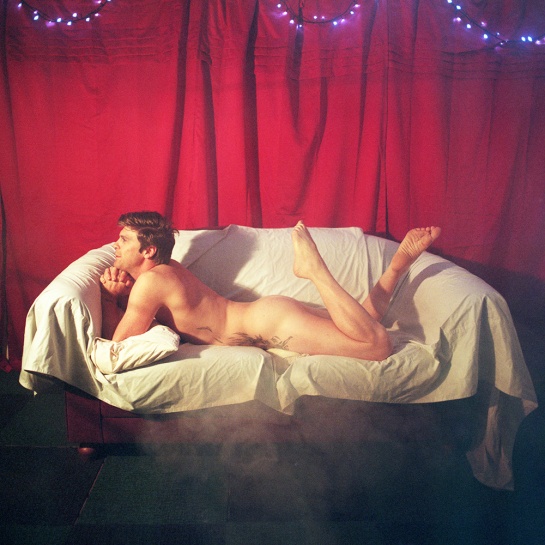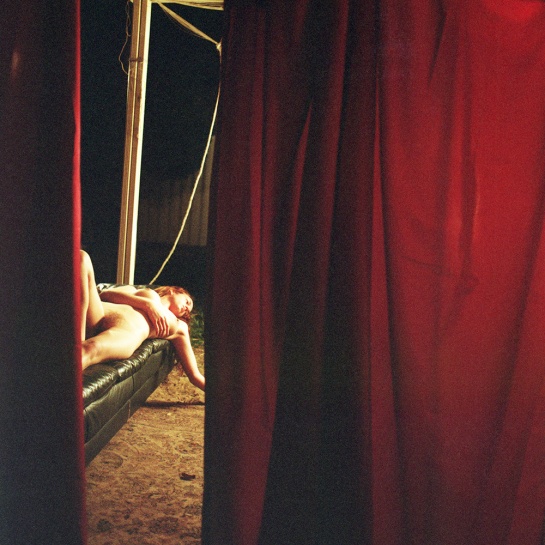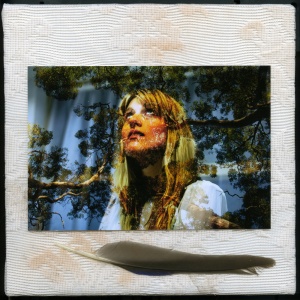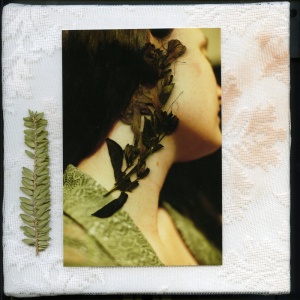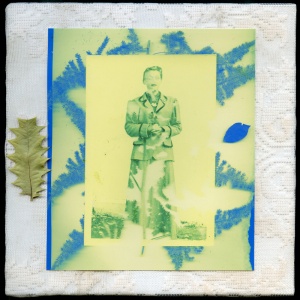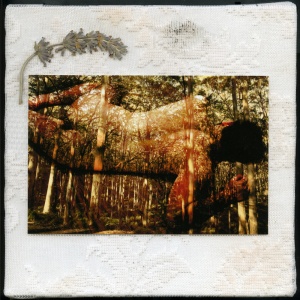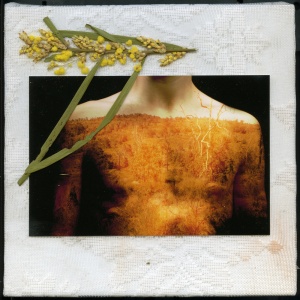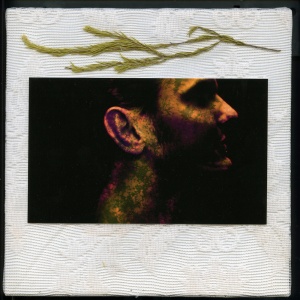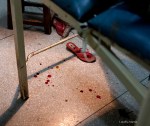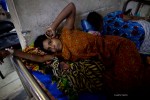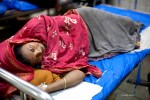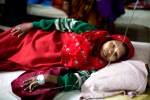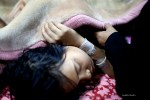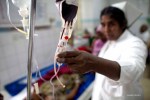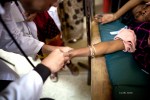I recently submitted this entry for http://www.booooooom.com/ remake competition . It’s a pastiche of CIndy Sherman’s Untitled film still #48.
During the 1960’s a revolution took place that subdued the profound power that men had over women and handed them rights and responsibilities outside the kitchen and into the workforce and educational realm. However, it may be argued that this social battle is unfinished and is a major force in the work of the photographer Cindy Sherman. Sherman moved to New York and rented a loft alone in lower Manhattan, but the large city and shady inhabitants locked her away. However, this was more a creative blessing in the end then a burden. Sherman’s only model is herself and she becomes a Director and an Actress in her own melodramas. Through these works she has been seen as the controversial artist of the 70’s and 80’s challenging the female stereotype and their voyeuristic stance. Sherman stated in an interview with John Zinsser, “I would hope that these images would make people confront their own feelings about sex, pornography, or erotic images and their own bodies (Zinsser, 1998).” In the late 1970’s – 1980’s Cindy Sherman became infamous for her critique on the female stereotypes producing a selected work named ‘Untitled Film Stills.’ The idea behind this was to create and photograph uncomfortable feminine roles pronounced ‘normal’ in society. These images went on to help in the feminist struggle away from the male gaze. Her work went on to become more sexually orientated and powerfully signifed violations against women and their bodies through a series of centrefold images culture through subtle elements in her photos. The women portrayed in these images can seen to be the ‘victim’ tortured by the male gaze in a voyeuristic sense. To protest censorship in art, Cindy Sherman produced the Sex Pictures series, which was violent, gruesome and leaves the viewer in disgust. She used mannequins to portray sexually suggestive images without compromising her values.
“Her work has been canonized as a hallmark of postmodernist art because they utilize mass-media codes and techniques of representation in order to comment on contemporary society (“Biography (Cindy Sherman),” 2004.).” Sherman’s work is about assuming roles for the camera to capture and portray; she plays a type – usually a female fictional stereotype. “I was into the more perverse side of dressing up, or becoming old, or a monster, or somebody else, not like being some pretty role model,” quotes Sherman.
Her talent does not rely on the technical aspects of photography but on the message of the final image. For example, she used black and white photos to enhance the image rather than to create the image. Her style consisted of borrowed cinematic techniques, including dramatic lighting, scenery, and framing. The subjects themselves that Sherman creates to portray ashamed alienated women include blank, expressionless stares to leave the viewer to construct our own narratives for these women. She also uses props (i.e mannequins, dolls, fake body parts etc.) to enhance the feeling whether it is sadness, disgust or guilt that we feel about ourselves when viewing these haunting images. Cindy Sherman is a major American artistic icon that has played a role in shaping the way in which we view the female and her roles as well as protesting against sexual censorship within art. Therefore, there are many critics who analyis and critise her commentary on our western society roles. “The work is an unsentimental comment on gender roles, of course, but it’s not only that. It simultaneously captures, poignantly, the play of adolescent dreaming. If Sherman once played dress-up with her mother’s clothes, now she rages through the American closet, assuming and throwing away identities (Stevens, M. p. 1)..” He communicates to the reader that even now, almost thirty years on her art is still as powerful, and even more ambiguous as it has ever been. I chose Cindy Sherman as I can relate to some of the images that she has created about the female stereotypes and subjected to the voyeurism of the male gaze. Even though her most of her subjects are strange they play of reality and therefore her message is subtle giving a poetic beauty to even some of her grotesque images. The props, costumes, scenery, lighting, and every part of the composition can tell a narrative without a single word. The images can evoke emotions to any viewer who can relate to the women Sherman portrays. By researching Sherman and her photography skills I hoped to create the same sense of emotion and alienation of Untitled Film Still 48 on her lonely road into the abyss. I used the same techniques; costume -housewife, prop -packed bag, scenery – lone road, subject – self-portrait, with ambient lighting. The girl with the floral skirt, the virginal white blouse, overlapped with a messy bun tied in a rage of anger. What was the last word? Forgot with a zip and a thud. The fingers fold over the handle. The drag into the cold echo of the lonely night beckoning her into the depth of pity. The viewer peering inwards. Just experienced? No, going to? What next? Awful? Bliss? The chemicals bathe her black and white body hoping for a twist. An ending at least.
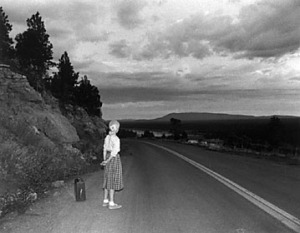
Cindy Sherman's Untitled Film Still #48

Louella Martin's remake of Cindy Sherman's Untitled Film Still #48







